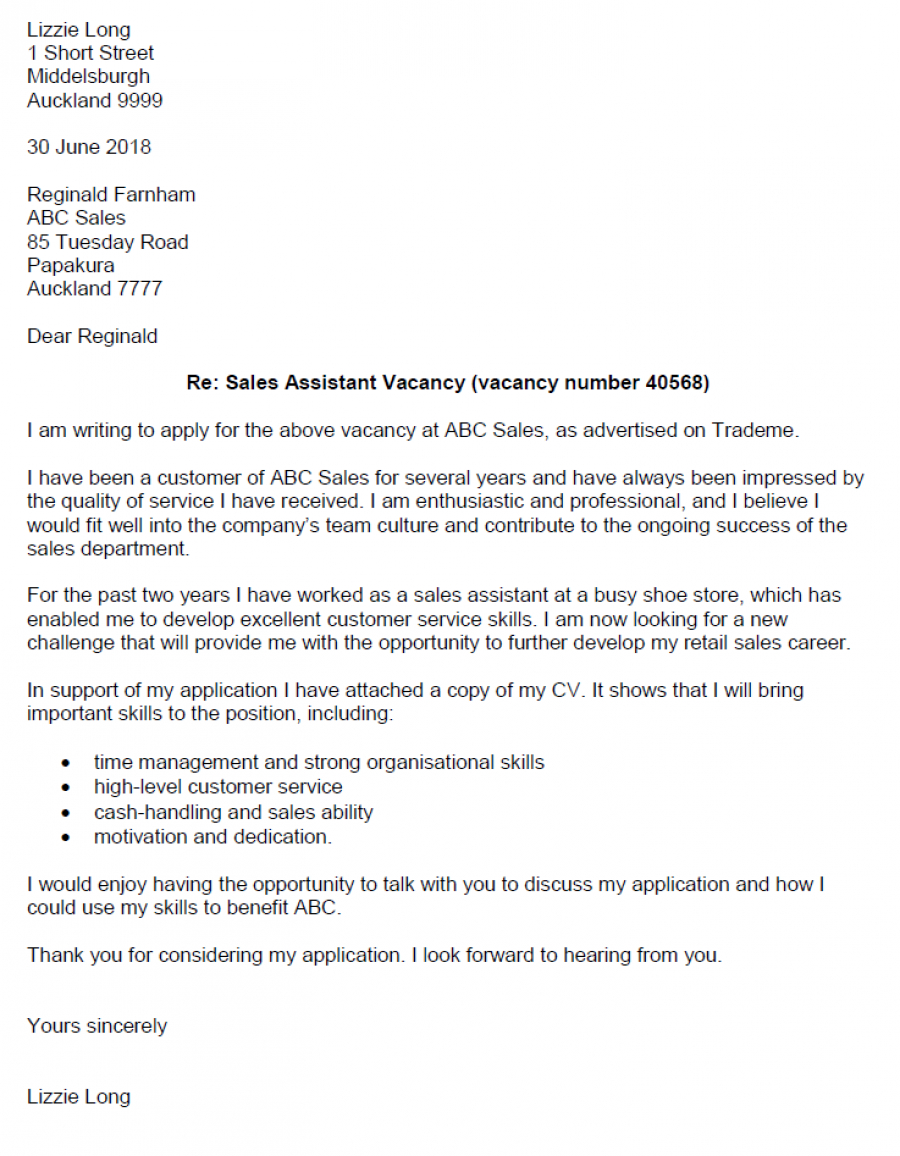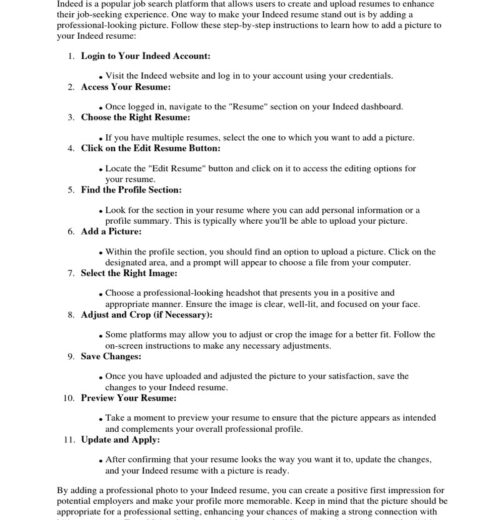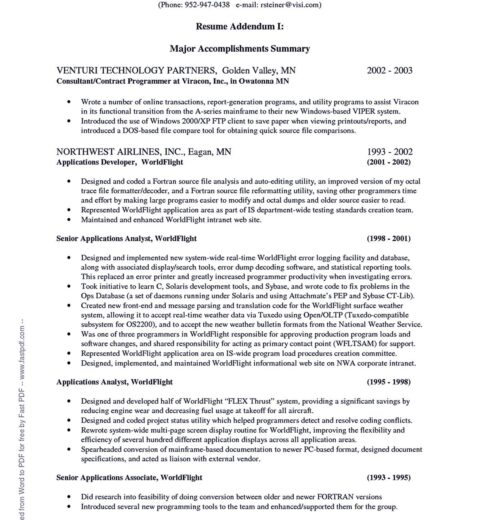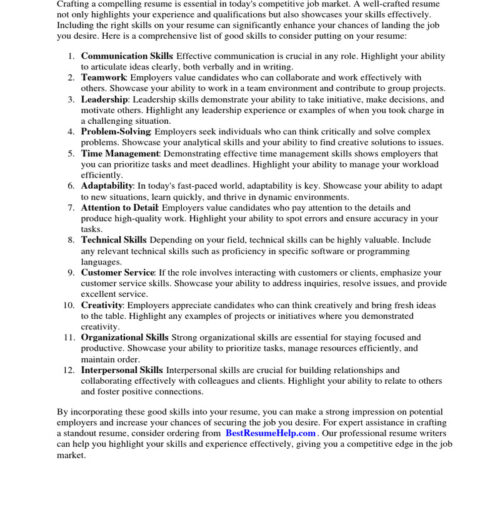In the increasingly competitive landscape of job hunting, the duality of a resume and cover letter stands as a critical element for candidates aiming to distinguish themselves in the eyes of potential employers. They are more than mere documents; they are the combined artillery that enables candidates to launch their narratives, showcasing their professional journeys with intentionality. The integration of a resume and cover letter, both crafted meticulously, can effectively convey an applicant’s qualifications and aspirations while making a resonating impact on hiring managers.
Fundamentally, a resume serves as a concise summary of one’s skills, experiences, and qualifications. It is often the first impression, a snapshot that quantifies achievements in a structured format. In juxtaposition, a cover letter contextualizes this data, offering a more narrative-driven glimpse into who the candidate is beyond what is presented on the resume. This writing harmonizes with the resume, providing depth and clarity to the mechanical details of work history. Together, they create a comprehensive depiction—providing both breadth and depth to one’s professional portfolio.
To craft a cohesive narrative, consider the alignment of themes within both documents. For instance, if a candidate’s resume highlights leadership roles in various projects, the corresponding cover letter should elaborate on these experiences. It should articulate the skills developed, the challenges faced, and the insights gained during these leadership opportunities. Crafting a cover letter with a narrative thread that connects to the resume reinforces the candidate’s qualifications and adds layers of meaning to the employment history.
Moreover, employing a common stylistic and visual format across both documents can engender a sense of unity. Consistency in font, color scheme, and layout fosters professionalism and helps hiring managers easily navigate the candidate’s materials. It is advisable to utilize headings in the resume that reflect the main themes discussed in the cover letter. For example, if the cover letter emphasizes creativity, the resume could have a section titled “Creative Projects,” allowing for an elemental link between the overarching story of the candidate and the factual data presented.
Another pivotal aspect of creating an effective resume and cover letter duo is personalization. Generic documents can easily blend into the sea of submissions hiring managers sift through daily. Tailoring both the resume and cover letter to the specific job description not only demonstrates genuine interest but also shows initiative and research on the part of the candidate. Carefully weaving keywords from the job posting into both documents can not only enhance visibility through automated applicant tracking systems but also present a direct correlation between the applicant’s experience and the prospective employer’s needs.
When considering the emotional appeal of the cover letter, storytelling emerges as a formidable technique. Candidates can evoke imagery by incorporating personal anecdotes or pivotal moments—not merely relating tasks and duties but illustrating how these experiences crystallized their career aspirations. This storytelling component, while absent in the resume’s factual presentation, bridges a connection with the reader. An engaging narrative can reignite the reader’s interest, enticing them to visualize the candidate’s future contributions within their company.
Furthermore, critical is the power of alignment in tone. The cover letter should reflect the same professional language and demeanor as the resume to maintain an integrated voice throughout the application process. A disjunction in tone can yield confusion, engendering skepticism about the candidate’s authenticity. Thus, refining language—using professional yet relatable phrasing in both documents—can foster a connection with the employer. It showcases a competent and thoughtful candidate, empathetic to the organizational culture they aspire to join.
The conclusion of both documents should be strategically unified as well. A call to action in the cover letter, inviting the employer to reach out for further discussion regarding the application, should harmonize with the resume’s final sections, possibly including an “Interests” or “Professional Development” area. This continues the narrative established, fostering a sense of anticipation for potential follow-up conversations, wherein the candidate can delve deeper into their qualifications.
As candidates embark on the journey of crafting their resumes and cover letters, they should remain cognizant of the underlying synergy between the two. Recognizing each document’s role in narrating a singular story is fundamental to creating a compelling case for employment. Candidates can leverage common themes, maintain visual consistency, personalize their submissions, employ storytelling techniques, and reinforce narrative cohesion—in doing so, they enhance their chances of standing out amid the multitude of applications that flood the hiring landscape.
Ultimately, a well-designed resume coupled with a purposefully crafted cover letter can sequentially guide hiring managers through a detailed portrayal of the candidate’s qualifications and personality. This synergistic approach not only fosters professionalism but also cultivates a narrative that resonates deeply, showcasing what the candidate can contribute to the prospective employer, thereby elevating the chances of success in a competitive job market.




